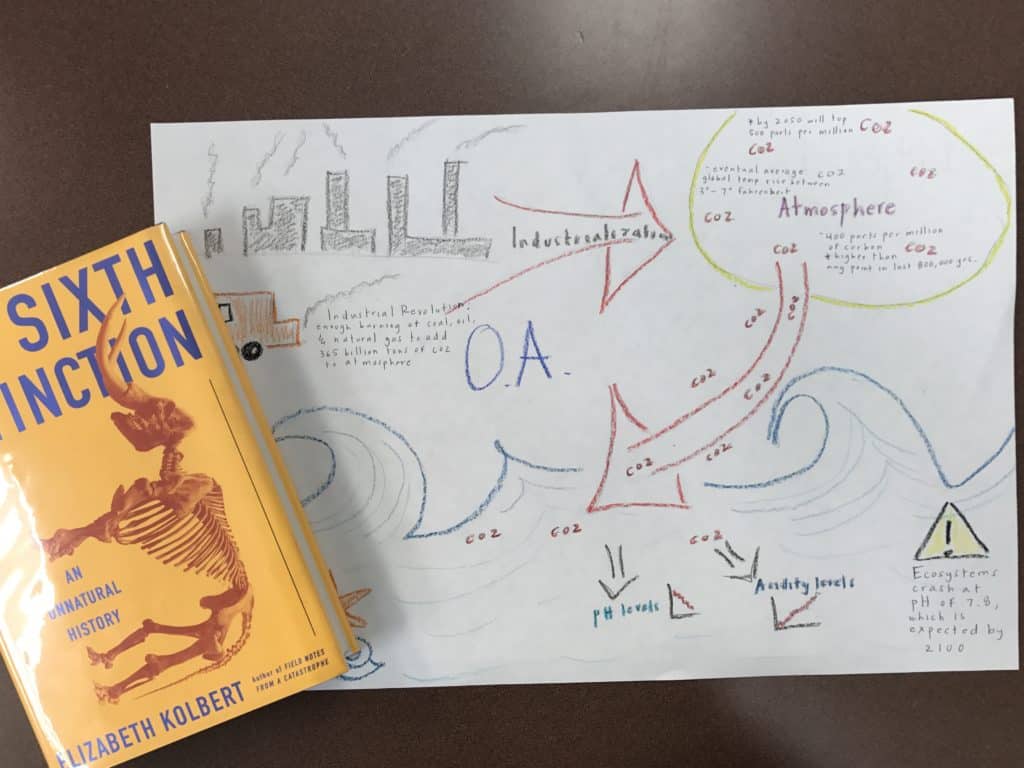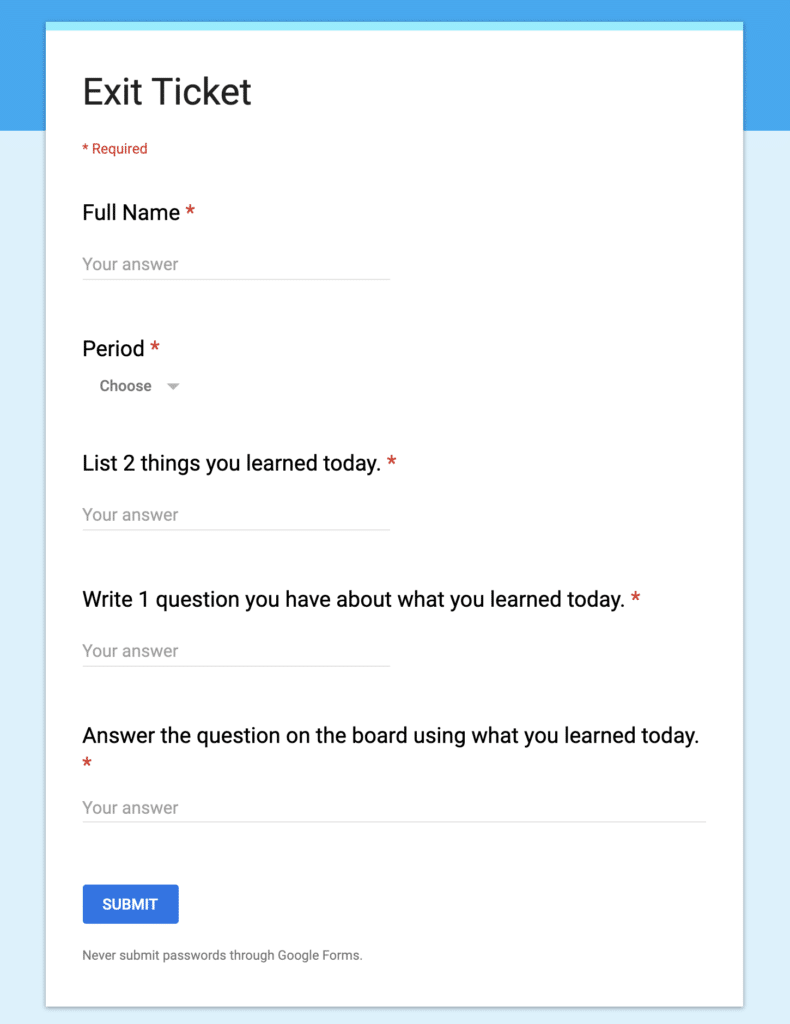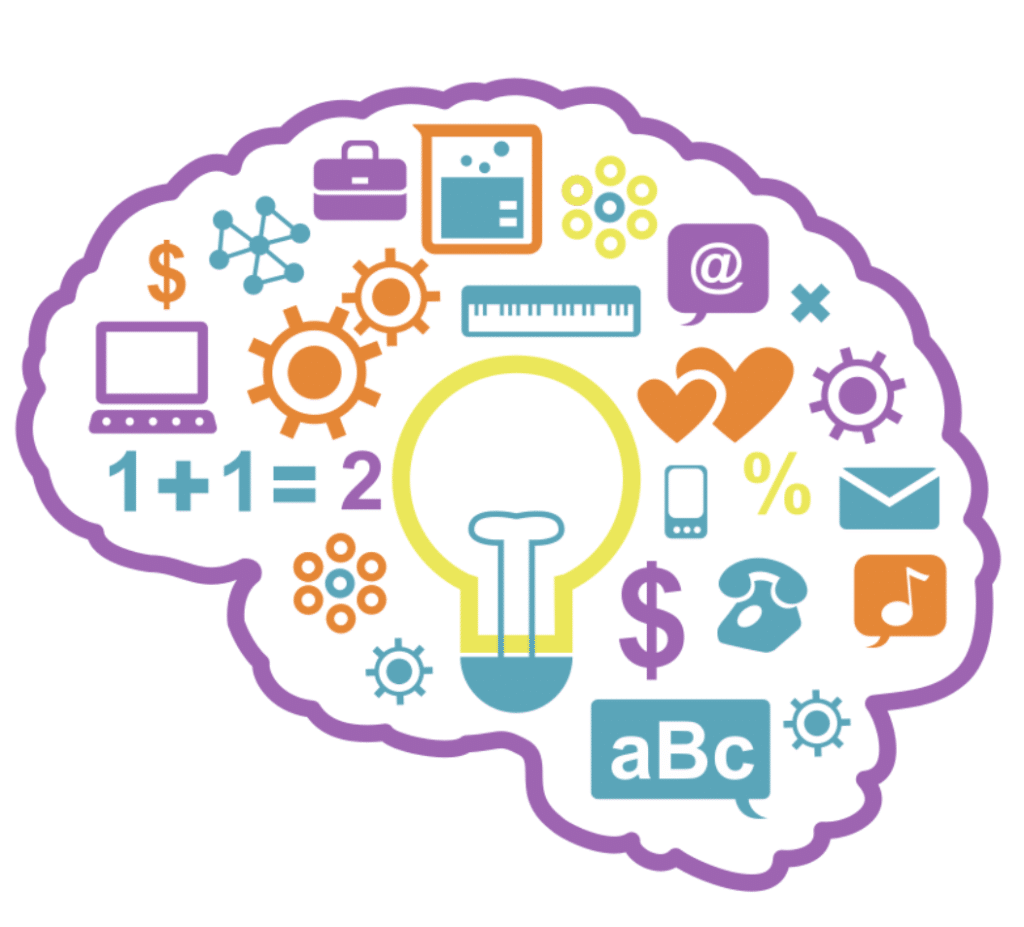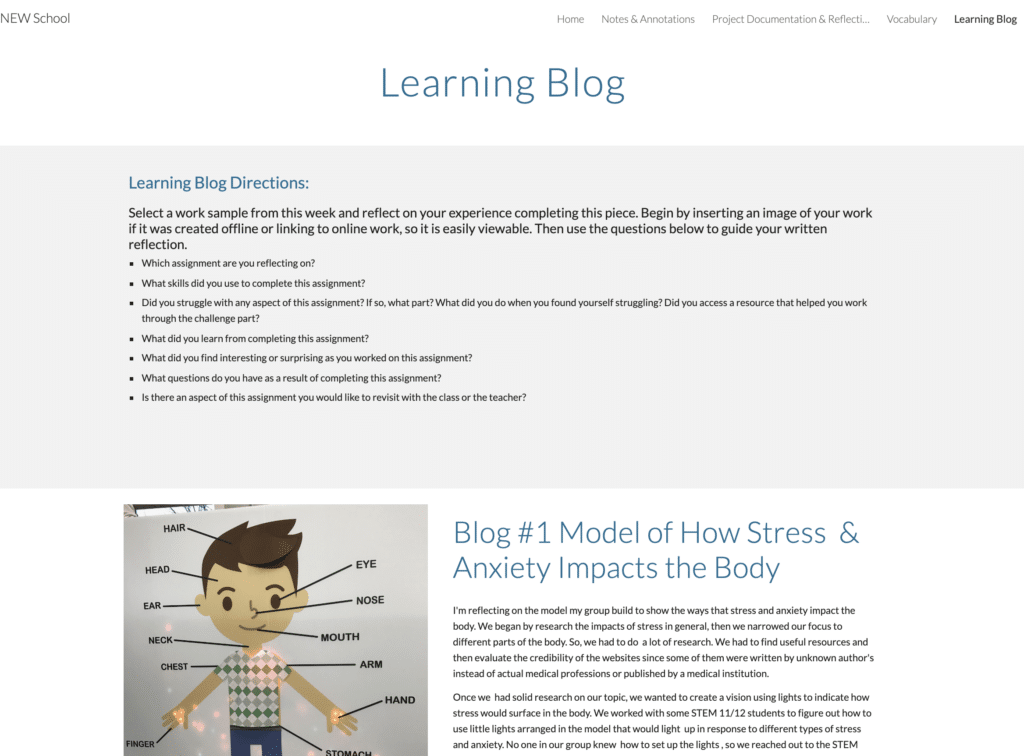In the last two blogs, I have focused on strategies teachers can use to 1) assess prior knowledge before a lesson and 2) check for understanding during a lesson. I’ve suggested that teachers build mechanisms into their lessons to collect formative assessment data. That way, they can use that data to design learning experiences that better meet the needs of their students. The third piece to this puzzle is a post-lesson reflection.

The post-lesson reflection is an opportunity for students to pause and assess what they think they have learned in a lesson or series of lessons. It allows them to identify aspects of the lesson that they struggled with or found unclear. It provides an avenue for students to request additional help, instruction, practice, or support before moving on to the next batch of information or a new skill.
Below are strategies I have used to build a reflective practice into my lessons, so I can understand what students think they have learned during a lesson.
1. Sketchnotes
There are few activities more calming than drawing. Most students enjoy any excuse to put colored pencils, crayons, or markers to paper. Sketchnotes invite students to think creatively about how to show what they have learned. This artistic expression of learning encourages students to identify key points and show their relationships to one another in a free-form sketch that is not as restrictive as a concept map. However, if you have students who are not artistically inclined or struggle with sketchnotes, you can provide them with a concept map that provides more structure.

If you are interested in teaching students how to create sketchnotes, you should check out Sylvia Duckworth’s book titled How to Sketchnote: A Step-by-Step Manual for Teachers and Students.
2. Exit Ticket
The exit ticket is a classic strategy that teachers can use to assess what students learned in a lesson quickly. Teachers can combine reflective questions with academic content questions to understand where students are at in terms of their knowledge of a topic or concept. The beauty of using a Google Form to create your exit ticket and collect student responses is that you can easily identify patterns in the data. This makes it more manageable to take what you’ve learned about your students to design the next lesson building on what they know or circling back to review a concept or skill.

3. Tell Me How
It’s tempting to give students a series of problems or a writing task to assess what they learned in a lesson. I prefer to ask kids to tell me “how” they would do something. Thinking through the “how” of how to solve a problem, complete a task, or construct a type of written response encourage metacognition. It requires that students stop and think about what they would do in a series of concrete steps. What strategies would they use? In what order would they employ those strategies? Why is this the best approach?

This provides insight into the student’s thought process, which makes it easier to identify misconceptions or areas of confusion. You can ask students to write out their “tell me how” explanation, type it in a Google Form, or record a short FlipGrid video explaining their approach.
4. Learning Log/Blog
A learning log or ongoing learning blog is a strategy you can use to encourage your students to spend time thinking about a particular assignment. What skills did they employ? What challenges did they encounter? How did they troubleshoot those challenges? What did they learn as a result of working on this assignment? What questions do they have about the work they did? Would additional support be valuable if they were to tackle a similar task in the future?
The goal of the learning log or blog is to help students to:
- Appreciate their academic growth
- View challenges as a natural part of the learning process
- Understand the value of individual assignments
- Develop their metacognitive muscles

At the secondary level, I like the learning blog over individual documents. A learning blog encourages students to capture their reflections in one online location that is easy to access and review. If their learning blog is part of their digital notebook, they can use these reflections to prepare for their grade interviews.
5. High/Lows
High/lows is a strategy I adapted from my dinner table. When my family sits down to dinner, we often share a high from our day and a low. This started as a strategy to help my young children to engage in conversation at the dinner table, so I could hear about their days at school.
Then I had a moment in class at the end of a long week when I felt like I did not have a good read on the room. I was trying to check in with my class to figure out what they “got” and what they wanted to spend more time on the following week. My students were low energy and just kind of staring at me in response to questions about the work we had done that week. So, I told them to make a circle with their chairs, and we spent five minutes going around the circle so each person could share one high from the week and one low. I asked them to identify one concept, skill, or assignment they felt confident about (high) and one concept, skill, or assignment they were feeling frustrated by or unclear about (low).

As students shared their highs and lows, I made notes on a clipboard. I did not interject with questions or comments. I simply listened. I wanted them to feel comfortable sharing their highs/lows.
By the end of the five-minute exercise, I had a clear sense of what they felt confident about and what they were struggling with. I was able to use this informal data to design subsequent lessons to provide additional instruction, practice, and support for students who identified specific concepts, skills, and assignments as challenging or unclear.
If you have a favorite strategy you use to help students reflect on a lesson or assignment, please post a comment and share it!



15 Responses
[…] a very good description of several end-of-lesson reflection activities from Catlin Tucker: ‘highs and lows’ […]
[…] Post-Lesson Reflection: What Do Students Think They Learned? | […]
I like your post. Thanks for sharing this blog.
Great Job!
[…] about their work. This is in addition to keeping track of what they think they’ve learned through post-lesson reflection tools like learning logs and […]
Keeping track could be a full time job itself hey?
[…] about their work. This is in addition to keeping track of what they think they’ve learned through post-lesson reflection tools like learning logs and […]
[…] about their work. This is in addition to keeping track of what they think they’ve learned through post-lesson reflection tools like learning logs and […]
I really like your post-lesson reflection this can help me in one of my teaching activities.
From AIMS TTP training I learned how to prepare a lesson by using Microsoft form and Google form ,also to day I am able to prepare online assessment form students who are in different corners of our country, during this training on ICT use in education we helped our students College de Rebero and the other from other schools to continue their learner, we hope at this bigining of the school we plan to facilitate the teachers who did not got the chance of being part in that training. Thanks for your skills and knowledge building.
I used to ask one student to post a short audio file (no more than one minute) explaining what was important learning from today’s lesson. Each day a different student was responsible for capsulizing the class. It was super interesting for me to listen to their response because often what they felt was important was rarely what I’d been aiming to teach. It provided valuable insight into where they were and what they focused on. I could then address that at the start of the next class.
That’s a great idea, Janice! In an online learning scenario, I could see FlipGrid being a great way to capture these reflections.
Catlin
All of this is great information, and good to continue processing how to do this online / hybrid world we are in.
Great, very interesting and useful.
Sounds fun to have so many options for students.